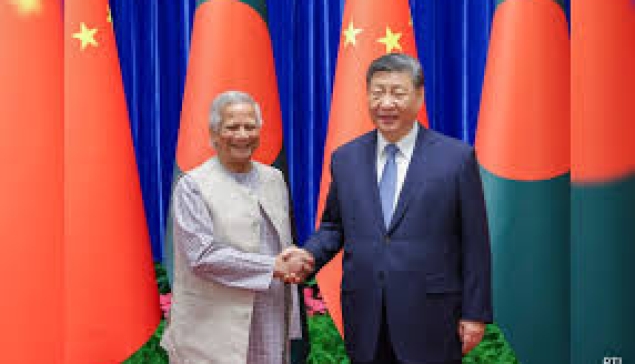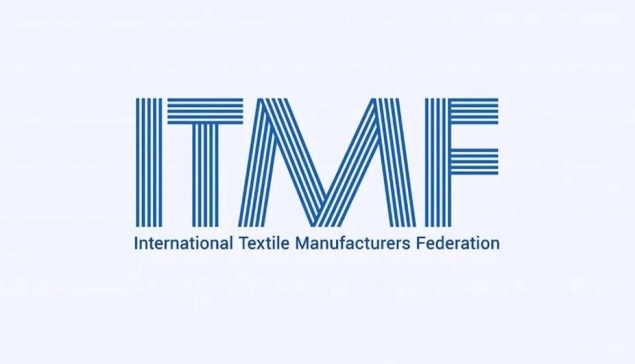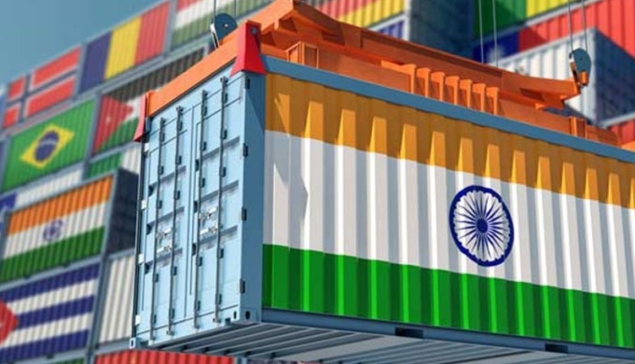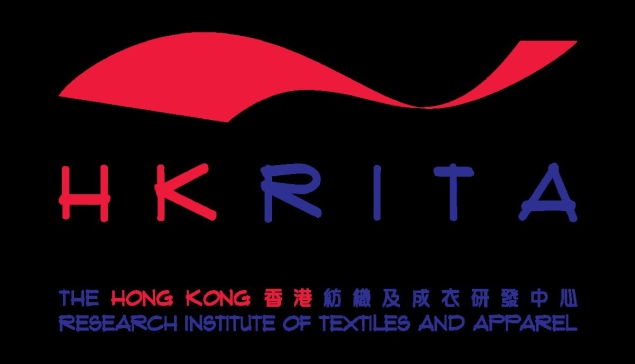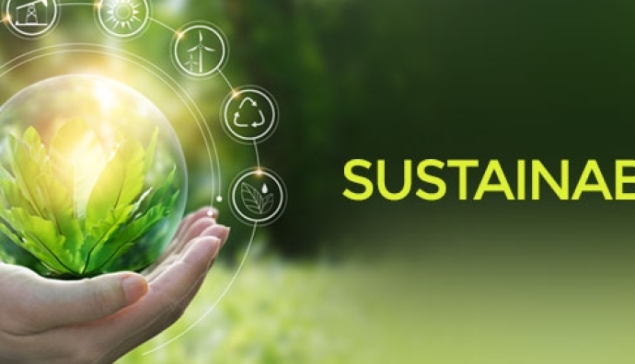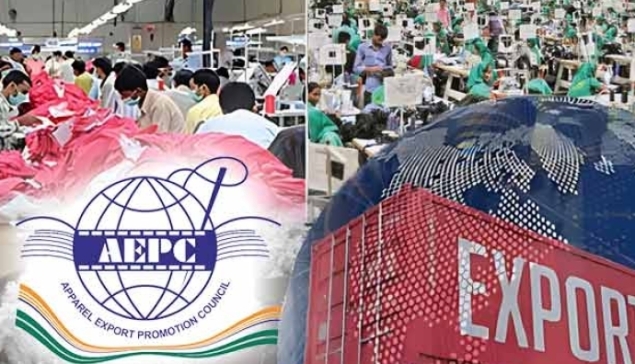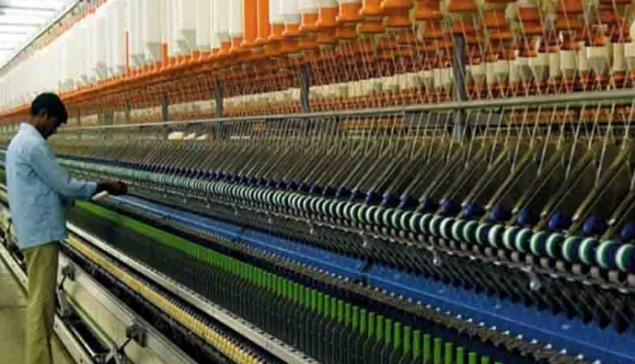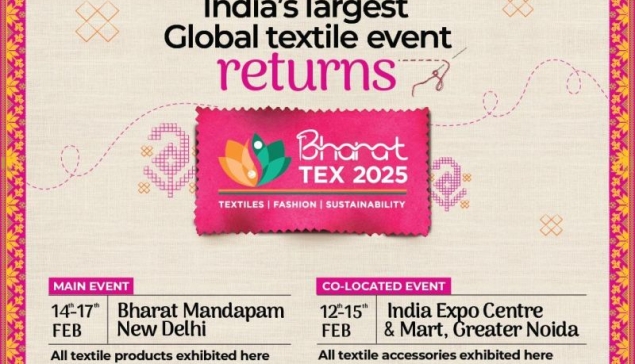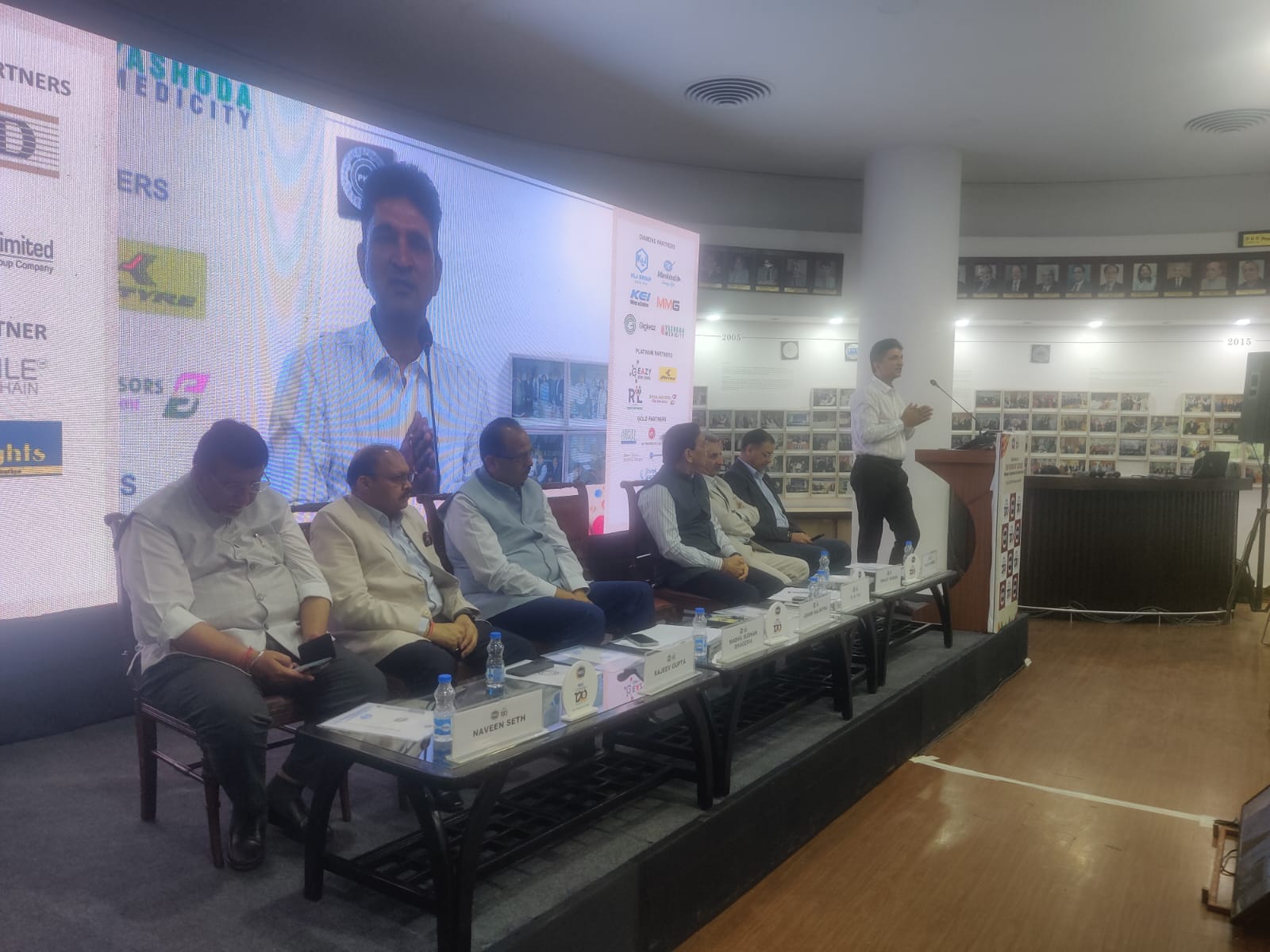Ashok Malhotra, Mission Director, NTTM, at the PHDCCI Man-Made Fibres Conference, New Delhi, April 22, 2025:
At NTTM, our approach is simple: empower end users to adopt technical textiles sustainably and economically. Take agrotextiles, for example. If a farmer understands the cost-benefit equation—with support from the Government of India—Krishi Vigyan Kendras can provide shade nets on soft loans.
These nets, which last over 20 years, pay for themselves within 2–3 years. The farmer repays the Kendra, possibly with subsidy support, depending on the working model.
However, implementation faces a key challenge: most plots are too small. Shade nets require at least one acre of contiguous land under the same crop to be effective. To address this, we’ve launched a pilot to adopt 700 villages across India. We’re working with farmers, introducing high-return crops, installing shade nets at government cost, and exploring benefit-sharing models.
Another critical issue: weeds consume 40% of our crops and nutrients. Farmers often turn to herbicides, which eliminate the weeds but leave polluted soil and water—and by then, the crop is already lost. As an eco-friendly alternative, we’ve introduced jute and hessian-based anti-weed mulch. These last around six years and biodegrade naturally. Our tests show a 24% increase in soil nitrogen content after decomposition.
This is a high-priority area for us. Agrotextiles need a major push. In contrast, geotextiles are seeing solid growth, especially since their use is now mandated in infrastructure projects like highways—helping extend road life. Sportech and protech segments still lag, mainly due to a lack of products meeting global safety standards. Work is underway to bridge this gap.
We’re also addressing strategic constraints. A key example is carbon fiber, essential for aerospace, defense, and high-speed rail. Currently, imported machines for carbon fiber come with usage restrictions barring defense applications.
Join our group
NTTM is running 13 R&D projects to develop indigenous carbon fiber technology. Two projects are at advanced stages. We've already created a world-class precursor—superior to US and Russian benchmarks.
The next step, carbonization, requires sophisticated machines with high-temperature, tension, and speed control. Indian companies in Bengaluru and Mumbai are actively working on this.
Once successful, India will have full control over carbon composites, critical for defense, space, railways, and bulletproof gear. No more dependence on foreign technology with restrictive clauses.
In the automotive sector, we’re addressing the challenge of airbag production. Currently, only one company in India, licensed by Toray, produces nylon 6,6-based airbags. But India’s road speeds rarely exceed 50 km/h, making polyester airbags a viable alternative.
After studying European standards (where polyester performs well at 270 km/h), we’ve proposed to the PMO that India manufacture polyester airbags for rear and passenger-side deployment.
This would stimulate domestic polyester production and reduce dependence on imports. It’s a ₹10,000 crore opportunity, and companies are exploring sites in Chennai and Maharashtra.
We’ve also identified a gap in the aviation industry: fire-retardant upholstery and curtain fabrics are currently imported, even though India has a robust aviation sector.
Stakeholder consultations revealed that while Indian manufacturers can produce the fabric, the lack of domestic testing infrastructure is a major barrier. To solve this, we’re planning a government-funded testing facility in Mumbai.
With DGCA’s support, we aim to certify these fabrics through institutions like BITRA, reducing reliance on overseas labs like Boeing.
The initial phase will involve importing fabric, testing it in India, and using it here. The next phase: identifying Indian partners to manufacture these specialized textiles locally.
In conclusion, technical textiles are not just a growth story—they are a strategic necessity. From sustainable agriculture to self-reliant defense, smart infrastructure, and safer mobility, we’re creating an ecosystem where India leads—not follows.



